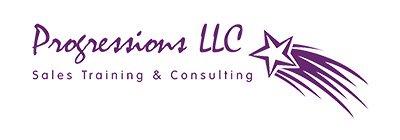How Well Do You Listen
“Listening is one of the greatest compliments you can give someone,” maintains Lynn Giuliani, president of Progressions, Inc. (Bellingham, WA). “The attention you give shows that you’re genuinely interested in the person.” A sharp ear can improve relationships in all aspects of your life.
In a business relationship, listening helps you identify customers’ needs. Casual conversation, questions, and complaints are gold mines for sales opportunities. For example, a customer who expresses concerns about carrying cash may need a check card.
“If you’re not hearing the other person talk, then hush up. You’re talking too much yourself,” says Giuliani. But just “hearing” words isn’t enough. Good listeners accurately translate the sender’s message. Even voice tone and body language influence the true intent of words. To boost your listening power, practice these 10 techniques:
1. Give the speaker your full attention. Avoid distractions. Don’t let your thoughts drift to unrelated matters.
2. Visually focus on the speaker. Use an interested gaze. Eye contact helps you pick up on body languages and facial expressions.
3. Observe the speaker’s body language. Facial expressions, gestures, and voice tone provide valuable insights to the speaker’s emotional state.
4. Use positive body language. Lean a bit forward toward the speaker. Avoid negative gestures like bored looks, scowls, or tapping a pen.
5. Stay open-minded. Avoid making assumptions, even if you’ve heard similar comments or complaints before.
6. Don’t interrupt the speaker. Ask an effective question. Then zip it and listen.
7. Take notes. Jot down key points. This gets you more involved with the speaker. Notes also help you remember important facts.
8. Use conversational cues. Nodding encourages the speaker to continue. Phrases like “yes”, “I understand,” or “I see” encourages people to keep talking and provide additional information.
9. Paraphrase key details. Restate in your own words what you think the speaker has stated or asked. Ask the speaker to verify that you’re on the right track.
10. Ask questions. If you don’t understand certain points, ask the speaker to clarify.
